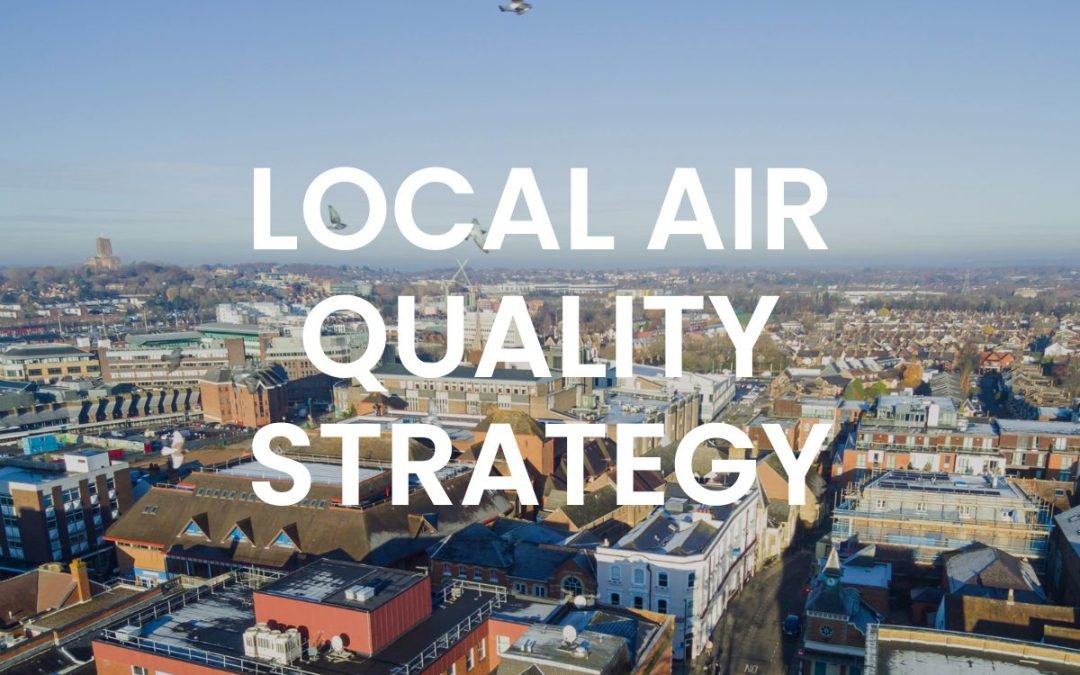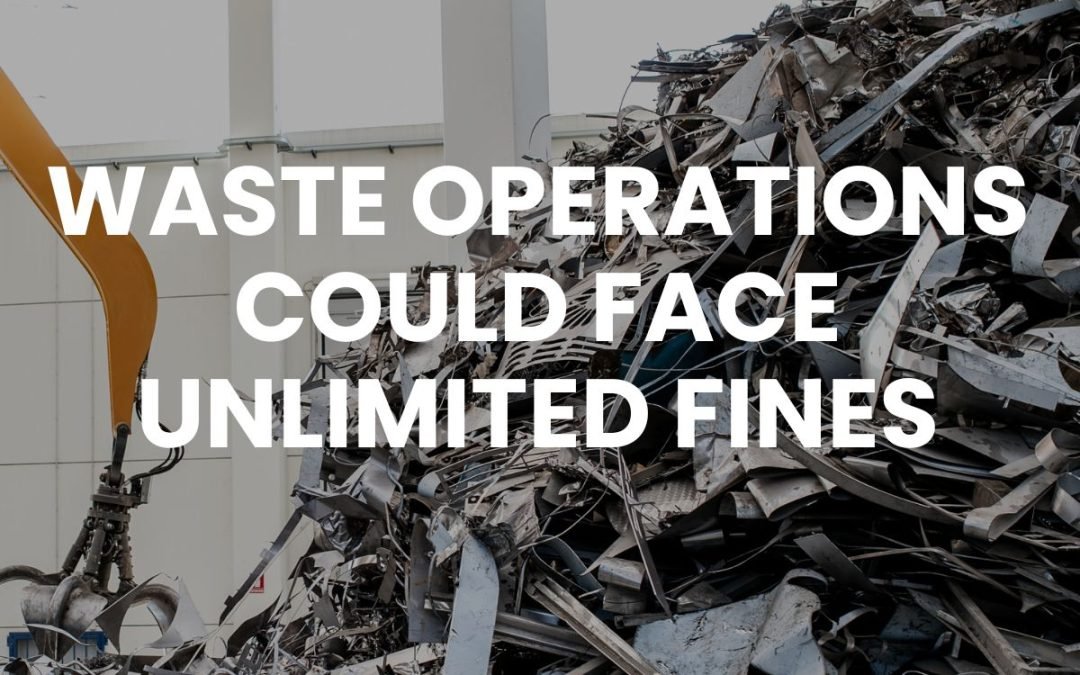The theme for this year’s national Clean Air Day on 15 June is ‘clean up our air to look after your mind’. So, what does this actually mean?
This year’s Clean Air Day theme takes a more holistic look at health and the impact of clean air not only on our environment, but also our own physical and mental health.
Every year, air pollution causes up to 36,000 deaths in the UK. The World Health Organisation and the UK Government recognise that air pollution is the largest environmental health risk we face today. Cleaning our air benefits entire communities and the positive effects can be felt far beyond improvements to our physical health.
Clean Air – Impact on Mental and Physical Health
There are already huge swathes of scientific evidence demonstrating that exposure to air pollution is linked to Type 2 diabetes, systemic inflammation, respiratory diseases and cardiovascular diseases.
However, emerging research on air pollution levels suggests that it can also lead to the onset and exacerbation of mental health conditions. Studies suggest that prolonged exposure to fine particulate matter (PM2.5) and various other air pollutants can cause changes to brain structure and function. This in turn, can lead to cognitive impairment and decline resulting in conditions such as depression, anxiety, Alzheimer’s and Parkinson’s. Breathing polluted air leads to small particles entering the lungs and bloodstream and eventually reaching the brain.
Learn, Act, Ask
The focus of Clean Air Day 2023 is encourage people to:
- Learn: find out more about how air pollution impacts our mental, physical and planet’s health
- Act: take action to minimise your exposure and contribution to air pollution e.g. walk, wheel or use public transport
- Ask: reach out to your local councillor and ask them to support clean air initiatives and demand clean air for yourselves and others in your community
Air Pollution Linked to Health Inequalities
It’s not a surprise that the theme for this year’s Clean Air Day focuses on more than simply the physical health benefits of clean air. This is especially important for those communities who are most at risk of air pollution, including those living in inner city and heavily populated areas. Areas that are heavily populated that include large sites (including hospitals, universities and warehouses) relying on supply chains and deliveries can often experience higher levels of pollution.
Socioeconomically disadvantaged groups are more likely to reside in inner-city areas and as a result, these vulnerable communities face a higher level of exposure to pollutants. As a consequence, the health of these local residents is adversely impacted.
Clean Air Day – Multifaceted Approach
What’s clear is that if we’re to make improvements to the quality of our air, then there needs to be a multi-disciplinary, multi-faceted approach involving targeted interventions.
By its very nature, air quality is scientifically multi-disciplinary and multi-faceted, cross-cutting when it comes to policies, governments, causes, and impacts.
It makes total sense then that the best way to combat air pollution is to take a multifaceted approach that uses common dependencies and interconnections such as shared evidence, data, infrastructure and resources.
Air pollution is a complex issue, and whilst individuals can make small and meaningful changes to their lives to reduce their own carbon footprint, what’s needed is more commitment and drive from all stakeholders. Reducing air pollution requires effective collaboration and a comprehensive understanding of the outcome of interventions. We need to understand the underlying factors that contribute to pollution and then make sure we measure and track them accurately.
Industrial processes, transportation, supply chains, energy production and land use patterns all contribute to air pollution. What we need to understand is how they contribute and how much they contribute. This information can only be accurately ascertained once we start monitoring and tracking the output from these various processes.
Air pollution is a dynamic and ever-changing problem. Ongoing monitoring, assessment, evaluation and intervention is critical in the early stages of ascertaining the root causes of it. Having a multi-disciplinary approach involves all the important stakeholders and leads to more impactful outcomes for everyone. It also facilitates the gathering and sharing of knowledge, research and evidence leading to better practices.
What Technology is Out There to Help?
EMSOL technology enables businesses, local authorities, hospitals, local governments and industries to monitor and collect real-time, accurate data relating to air and noise pollution. The data extracted facilitates effective planning, resourcing and enables effective emissions reduction strategies. Such a data driven and innovative approach fosters a strong, collaborative, sustainable and integrated response, ultimately leading to a better, cleaner environment for all of us.
You can read here how EMSOL technology empowers businesses and local governments to reduce urban air and noise pollution with targeted data and actionable insights, creating a cleaner local environment.





